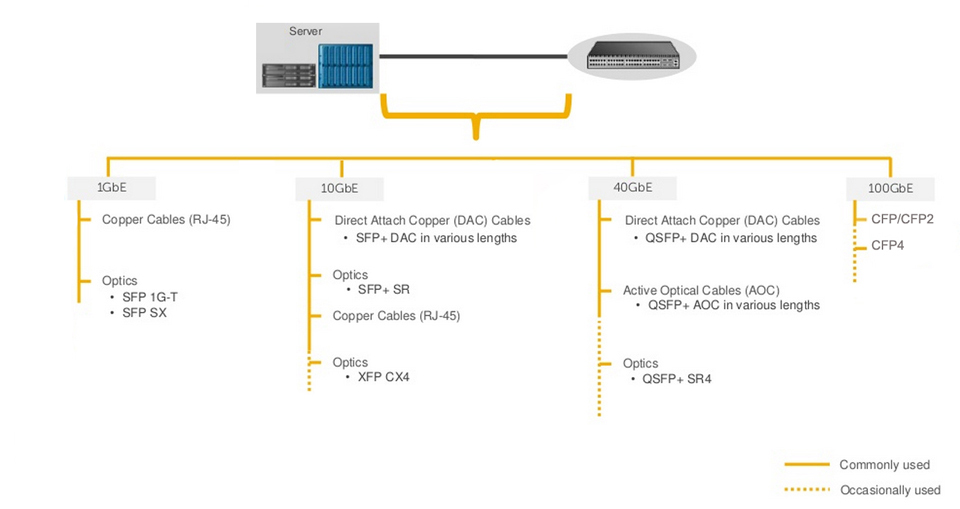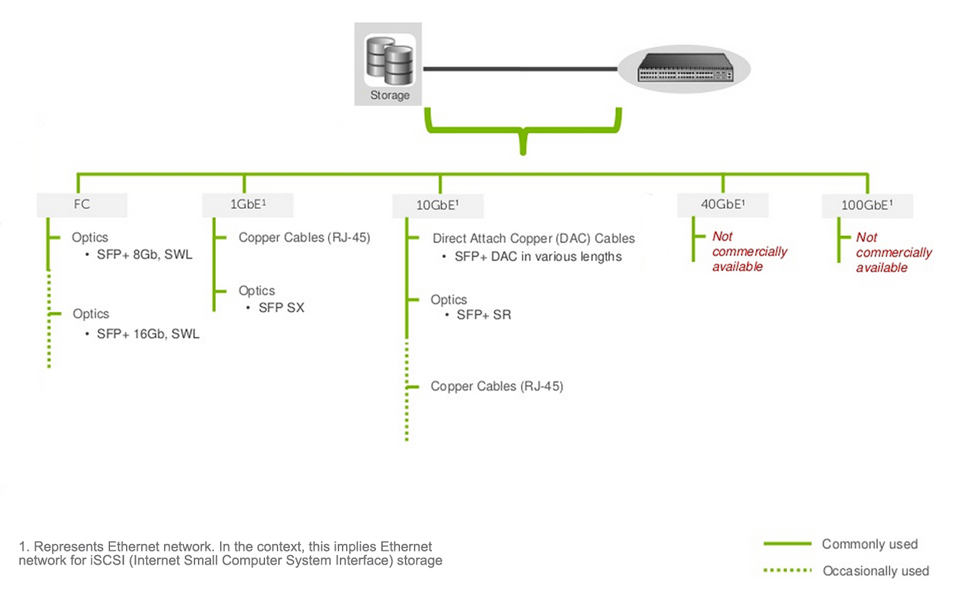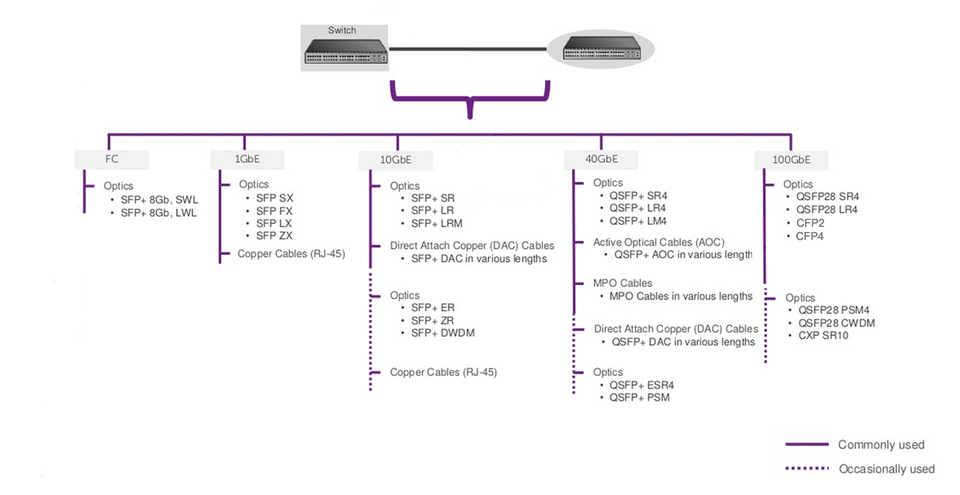Huawei Completes 5G Key Technology Tests in the Field Trial Sponsored by IMT-2020 5G Promotion Group
[Shenzhen, China, May 27, 2016] Huawei completed the first phase of key 5G technology tests as a part of a series field trials defined by the IMT-2020 5G Promotion Group. In April 2016, the outdoor macro-cell tests, conducted in Chendu, China, consist of a number of the foundational key enabling technologies and an integrated 5G air-interface. The test results successfully demonstrated that the new 5G air interface technology can effectively improve spectrum efficiency and to meet diverse service requirements for 5G defined by ITU-R.

Huawei completes 5G key technology tests in 5G field trial
Strong Promotion for Global Partnership on 5G Technology Innovation and a Global 5G Standard
Launched by China Academy of Information and Communication Technology (CAICT), the IMT-2020 5G Promotion Group aims to foster a joint effort to promote 5G technology evaluation and field test among the global mobile industry and ecosystem to ensure the successful commercial deployment by 2020. One of the key objectives for IMT-2020 5G Promotion Group is to realize the 5G vision for the enhanced mobile broadband service as well as to create the new capabilities for 5G to enable the IoT and vertical services, this represents the unprecedented technical challenges such as to realize 10Gbps or peak rate 20Gbps user data rate, 100 billion connections, and 1 ms of end-to-end network latency for the 5G air interface.
Early this year, IMT-2020 5G Promotion Group announced a three phase 5G networks trial plan, spanning from 2016 to 2018, with a first phase test from September 2015 to September 2016. The first phase test is focused on key radio technologies and performance test.
As one of the core members in the IMT-2020 5G Promotion Group, Huawei actively contributed IMT-2020 5G Promotion Group and 5G technology test. In addition, Huawei established an extensive collaboration with CAICT, China Mobile, China Unicom, and China Telecom in the Chinese operator community to explore the innovative air-interface technologies to achieve best spectral efficiency and massive links capabilities. Huawei’s effort is focused on New Radio (NR) technology, which includes the optimized new air-interface, full-duplex and massive MIMO technologies, these are the enabling technologies to achieve the superior end-user experience for the emerging mobile broadband service such as 4K, 8K and virtual reality and augmented reality.
Best-in-Class Test Results Using 5G New Air Interface
The 5G air interface technology has been implemented through three novel foundational technologies, i.e., filtered Orthogonal Frequency Division Multiplexing (F-OFDM), Sparse Code Multiple Access (SCMA) and Polar code to meet 5G requirements and performance targets.
F-OFDM technology is the basis for creating ultra-flexible air-interface to adaptively fit all the 5G use-case scenarios defined by ITU-R with a single radio technology platform. It allows multiple concurrent radio numerologies and frame structure to deliver very diverse services; F-OFDM can ensure the future-proof for the 5G system to meet emerging innovative services requirements. The test results showed that F-OFDM can increase system throughput by 10% using those free guard bands in LTE system. In addition, F-OFDM supports asynchronous transmission from different users. Test results showed that it will provide 100% higher system throughput compared with that in LTE system in the presence of mixed service on the same carrier frequency with mixed radio numerologies. .
SCMA is to support massive connections and obtain higher system throughput simultaneously via the joint optimization on sparse SCMA codebook design and multi-dimensional modulation. It can further consider optimization on power allocation among different SCMA layers especially in downlink to improve total system throughput. The test results showed that SCMA is to increase the uplink connection number by 300% and at the same time increased the downlink system throughput up to 80%.
For Polar code, it allocates information to the highly reliable data locations in the code structure to transmit useful information of user and at the same time it supports channel coding of any code rate with an appropriate code construction to fit any future service requirements. The test results showed that Polar code provided coding gain from 0.5dB to 2.0dB compared with Turbo code used in LTE system.
System Integration of Innovative 5G Air Interface Technologies
The flexible system integration of several innovative 5G air-interface technologies, namely, F-OFDM, SCMA and massive MIMO has been verified in the first phase of key 5G technology tests. In the test, multi-user MIMO (MU-MIMO) supported up to 24 users and up to 24 parallel layers transmission on the same time-frequency resources. The test results showed that MU-MIMO can achieve 3.6Gbps cell average throughput using 100MHz system bandwidth, it is almost 10 times of that in LTE baseline system.
The trial has validated the optimal integration of the above new radio technologies and the capability of flexible 5G air-interface technologies, the trial is also served as a technical re-risk to support the on-going 3GPP standardization work.
Full Duplex Implemented in the First Phase of 5G Test
Full Duplex mode has also been tested in the first phase of 5G test. In the initial test stage on Full Duplex, it allows simultaneous transmitting and receiving of data at the base station with three level cascaded technologies, namely, passive analog cancellation, active analog cancellation, and digital cancellation. The test results showed that the Full Duplex can provide self-interference cancellation capability more than 113dB in real world environment and result in a total 90% system throughput gain over the conventional half duplex mode used today.
Huawei has successfully completed the first phase test of 5G technologies in China. "The trial of 5G technologies in China will be a great contribution to 5G applications in the future.” Dr. Wen Tong, Huawei 5G Chief Scientist emphasized that, "As a member of the IMT-2020 5G Promotion Group, Huawei is pleased to work with CAICT, China Mobile, China Unicom, and China Telecom, and took the initiative to be the first to complete 5G key technologies tests and corresponding system integration test based on our proposed 5G new air interface."
He also announced the plan of the second phase of 5G test which will focus mainly on the wide coverage, high hotspot capacity, and massive connections with high reliability, low latency with reduced power consumption.
Read more »















